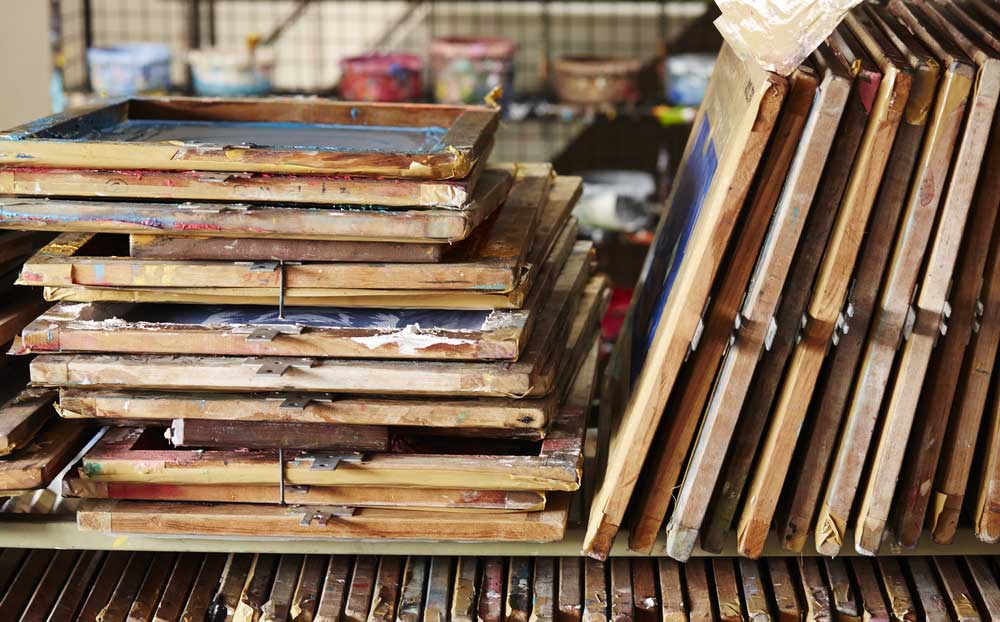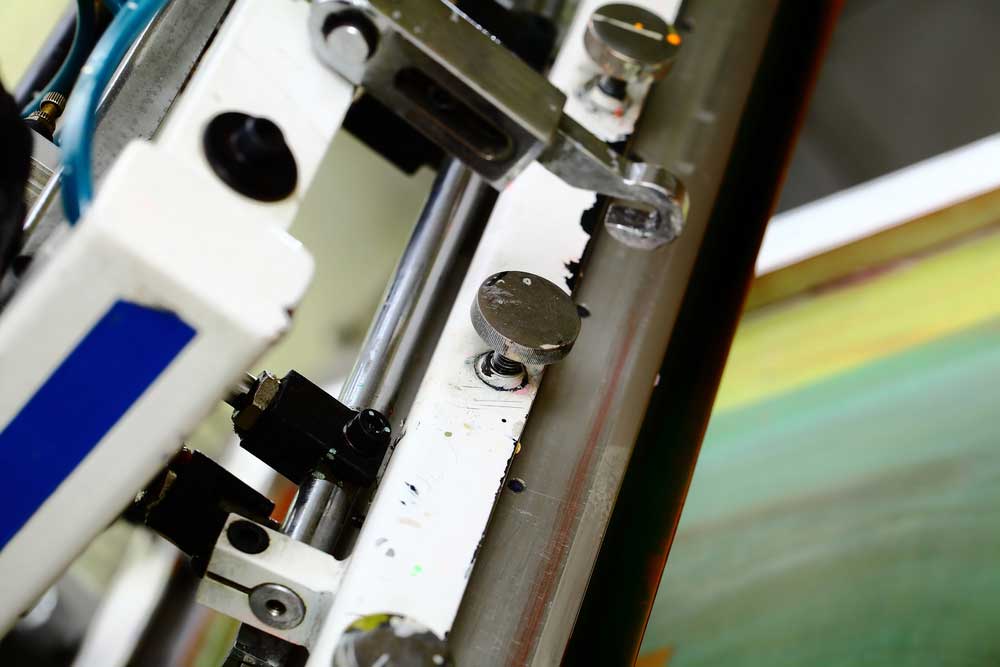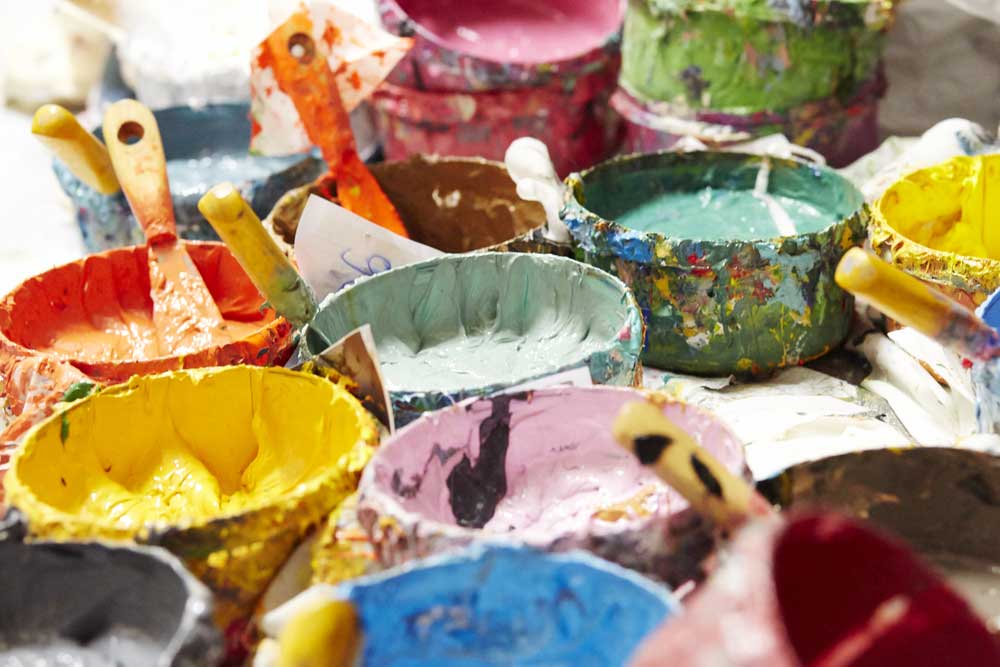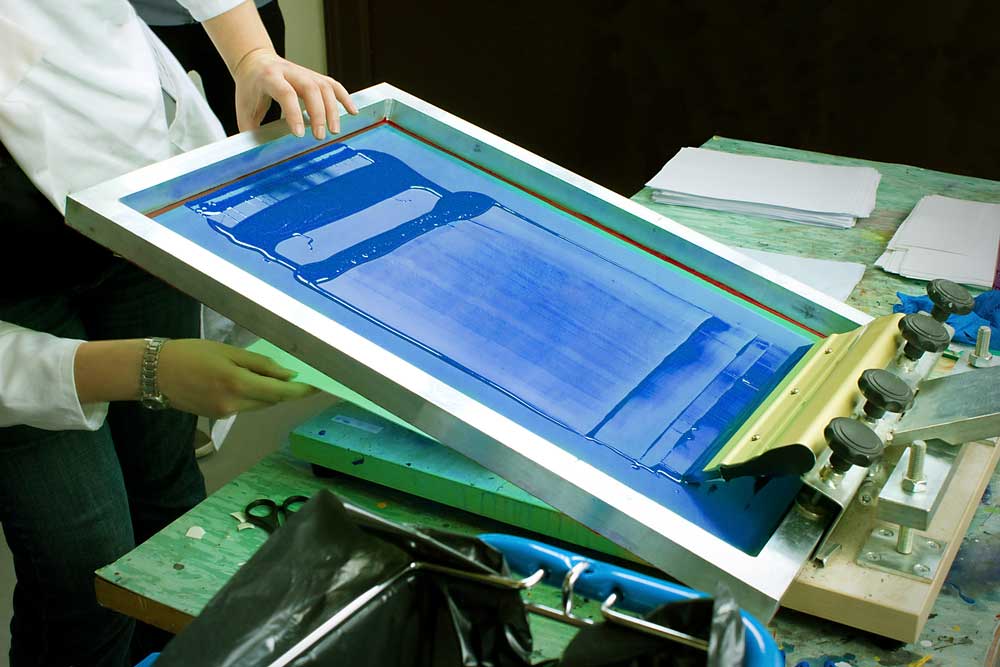Screen printing is one of the most used printing techniques in the printing industry and one of the most popular for promotional clothing. Printsome, a new and creative UK t-shirt printing business, share their knowledge on a technique that has been able to withstand the test of time.
What is screen printing?
It’s the process of printing more than one colour on a fabric or material using a series of mesh screens. Every different colour used needs a different screen and once the screen is set up thousands of t-shirts and garments can be printed.
Screen printing tends to be the most popular method for printing onto textiles as it’s economical and produces a quality finish. The alternative is digital to garment printing, which is used for smaller quantities of garments with large amounts of detail.

Some facts about the history of Screen Printing
- Screen Printing is one of the oldest forms of printing. The technique, as we know it today, dates back to China’s Song Dynasty (960 – 1279 AD). Back in those days, they used to bind masks using glue and human hair. Luckily, that’s not the case anymore.
- It reached Europe in the late 18th century. From China the technique spread to other Asian countries like Japan where it evolved and then, through new trade channels, to Europe.
- Local printers paid lots of money to learn how to Screen Print. Before the age of this-is-how-you-do-it YouTube videos, new techniques were hard to spread. This is why in the early 19th century, “evangelisers” used to travel across the US teaching the method of screen printing and, since they were the only source of knowledge, printers paid them good money for it.
- The first patent was made in 1907. Samuel Simon was the first person to patent Screen Printing. He used it to print custom made wall paper for rich families in England.
- The evolution of photography helped revolutionise the printing industry. Films designed for photographs became the basis of what would eventually become the screens we use nowadays in screen printing.
- Andy Warhol made screen printing mainstream. Many artists already used screen printing to reproduce their artworks, but it wasn’t until the 60’s when the famous American artist Andy Warhol reproduced the colourful print of Marilyn Monroe that it started to catch on.
- First rotatory machine. Also in the 60’s, the first rotatory machine appeared making it possible to industrialise the practice. It was first used to print bowling garments, but quickly translated onto t-shirts where it found its home.
What is screen printing used for?
Screen printing tends to be used for garment printing, for the large high street retailers and smaller businesses alike. It works particularly well with t-shirts, hoodies, and bags.
Large print runs use automatic print presses which are capable of high volume fast printing on the whole face of a garment, sleeves, pockets and hems. Smaller print runs are usually done on a smaller press which is set up and run by hand. In both ways, it produces a high quality finish that doesn’t crack or fade over time.

How does it work? Step by step
The artwork needs to be of excellent quality (high resolution) to ensure the best possible results. The minimum resolution for a file should be 300 DPI (dots per inch).
A negative of the print is made from the artwork and then it is separated onto a film. It’s a bit like producing a negative of a photo or a stencil. Each color is separated onto a different film.
Once the films are dry, they are ‘sandwiched’ onto the screens (a separate one for each colour). They must be placed on the screens in the right order to ensure clarity of color. They must also be registered at this point, which means positioning the screens in exactly the right place to ensure the image is reproduced correctly.
The inks are applied to each individual screen to achieve the right colors. The ink is pushed through the mesh either automatically or manually to recreate the design.
Screen printing ink is quite thick to ensure vibrancy and close color matching. The ink bonds well to the fabric during this process.
The garment is left to dry, and that’s it.

What is screen printing good for?
This printing technique is recommended for large orders and simple designs. Why? Setting up the screens can be a long process which means that to do it for small orders is not either time or cost effective. Simple designs end up looking nicely with the screen printing technique because the rich inks used in the process create a high quality finish.
What is screen printing NOT good for?
Screen printing is not recommended for small orders or complex designs. Each colour requires a different film, so a complex image with a full spectrum of shades would rise the costs considerably. The costs and process of setting up the equipment are simply not worth it for small orders either.
Can I set up my own screen printing business?
If this is what you want to do, then we advise you to shop around for the best quality equipment you can afford. The initial set up can be quite costly, but once you have reliable screen printing equipment you can start to claw your money back and make profit.
Final Words
Screen printing sounds like a simple process, and it is in the right hands, but that doesn’t mean that a certain degree of expertise is not necessary to ensure everything aligns and colours don’t bleed.


